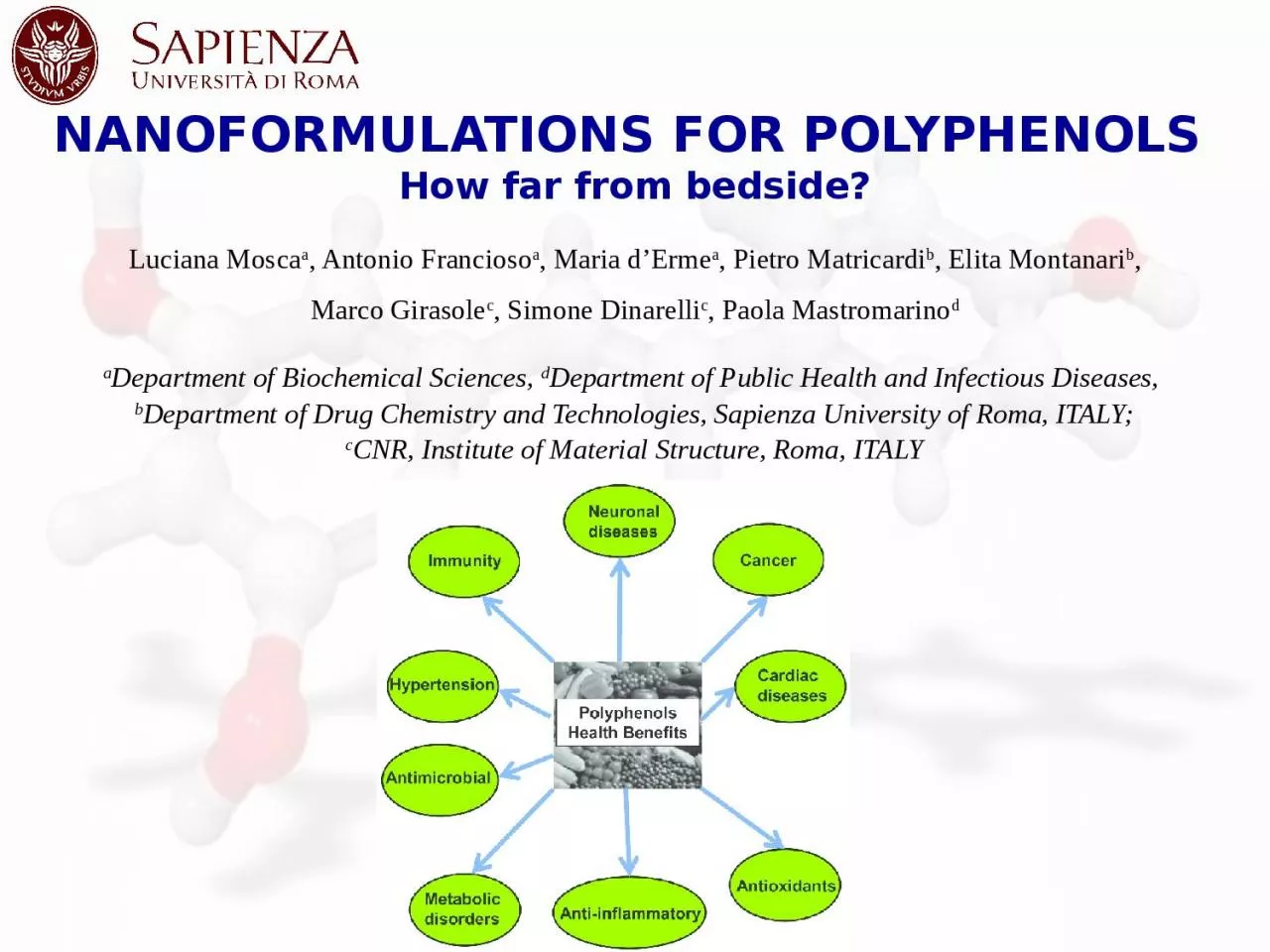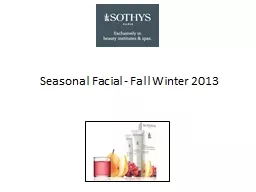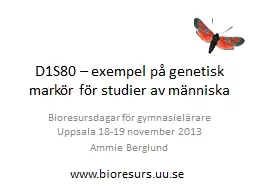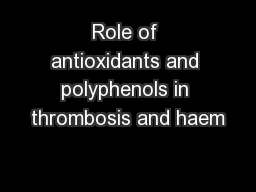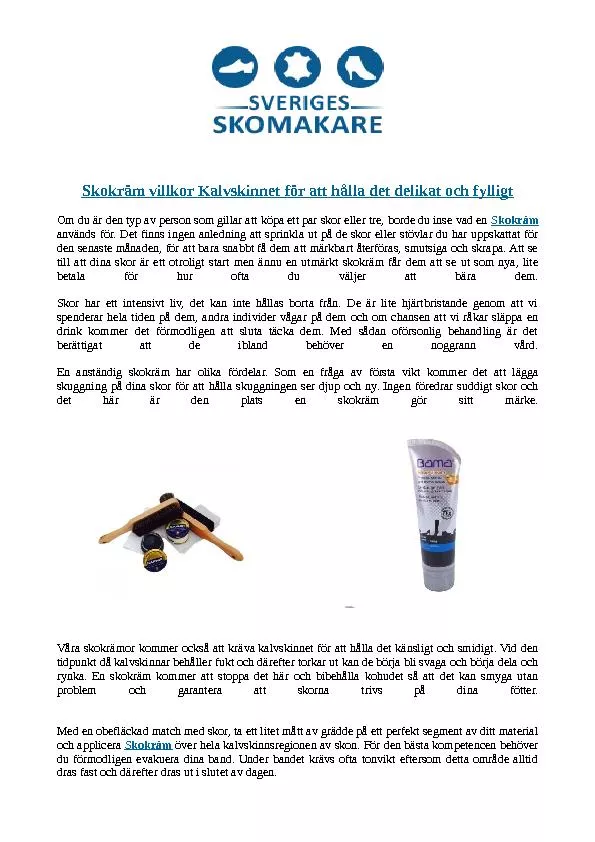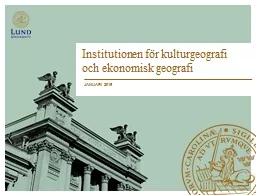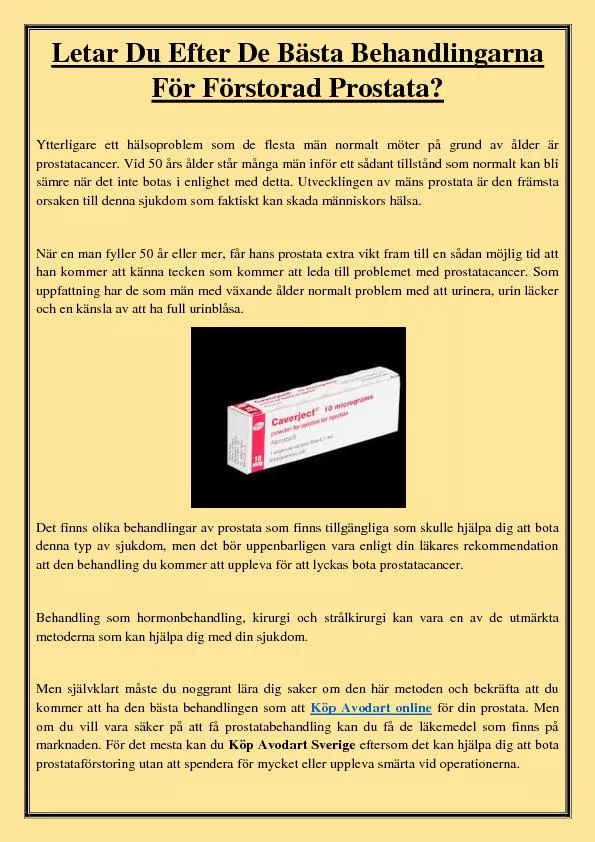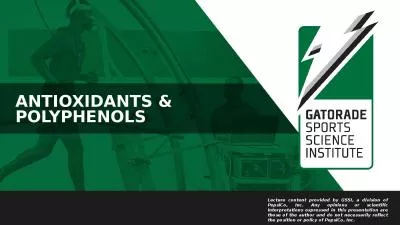PPT-NANOFORMULATIONS FOR POLYPHENOLS
Author : phoebe | Published Date : 2023-07-07
How far from bedside Luciana Mosca a Antonio Francioso a Maria d Erme a Pietro Matricardi b Elita Montanari b Marco Girasole c Simone Dinarelli
Presentation Embed Code
Download Presentation
Download Presentation The PPT/PDF document "NANOFORMULATIONS FOR POLYPHENOLS" is the property of its rightful owner. Permission is granted to download and print the materials on this website for personal, non-commercial use only, and to display it on your personal computer provided you do not modify the materials and that you retain all copyright notices contained in the materials. By downloading content from our website, you accept the terms of this agreement.
NANOFORMULATIONS FOR POLYPHENOLS: Transcript
Download Rules Of Document
"NANOFORMULATIONS FOR POLYPHENOLS"The content belongs to its owner. You may download and print it for personal use, without modification, and keep all copyright notices. By downloading, you agree to these terms.
Related Documents

